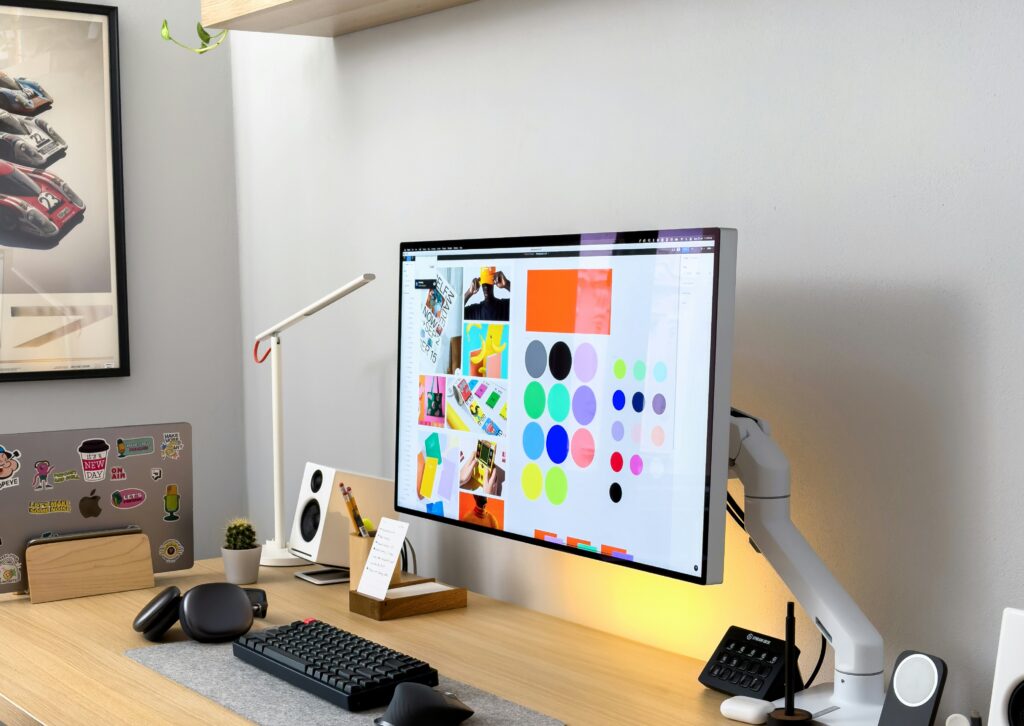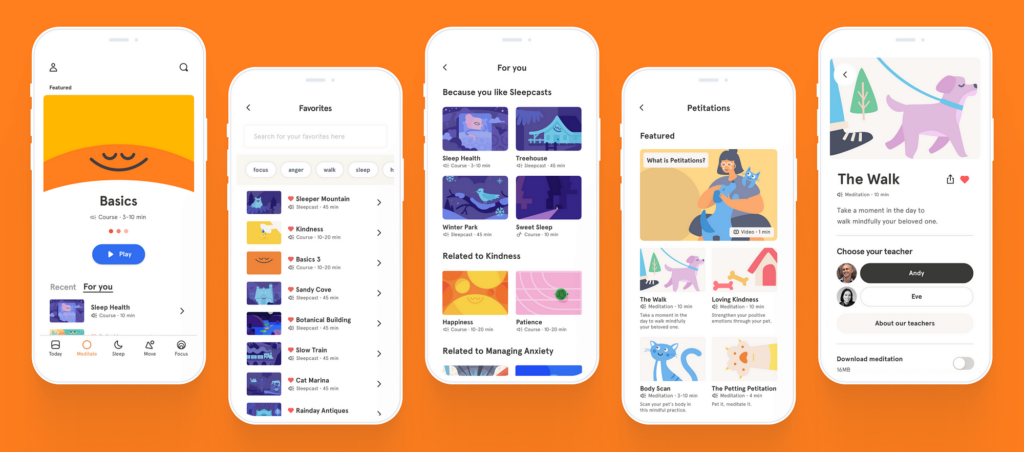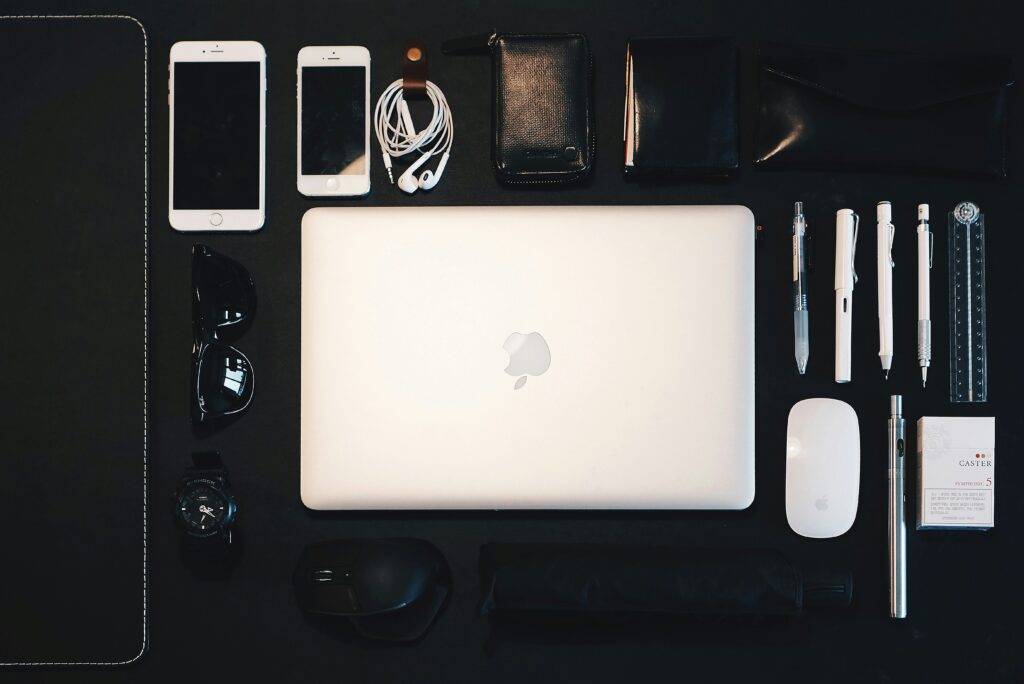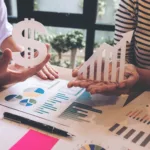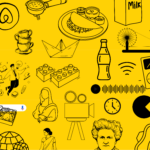Visual Design: Enhancing Business and User Experience
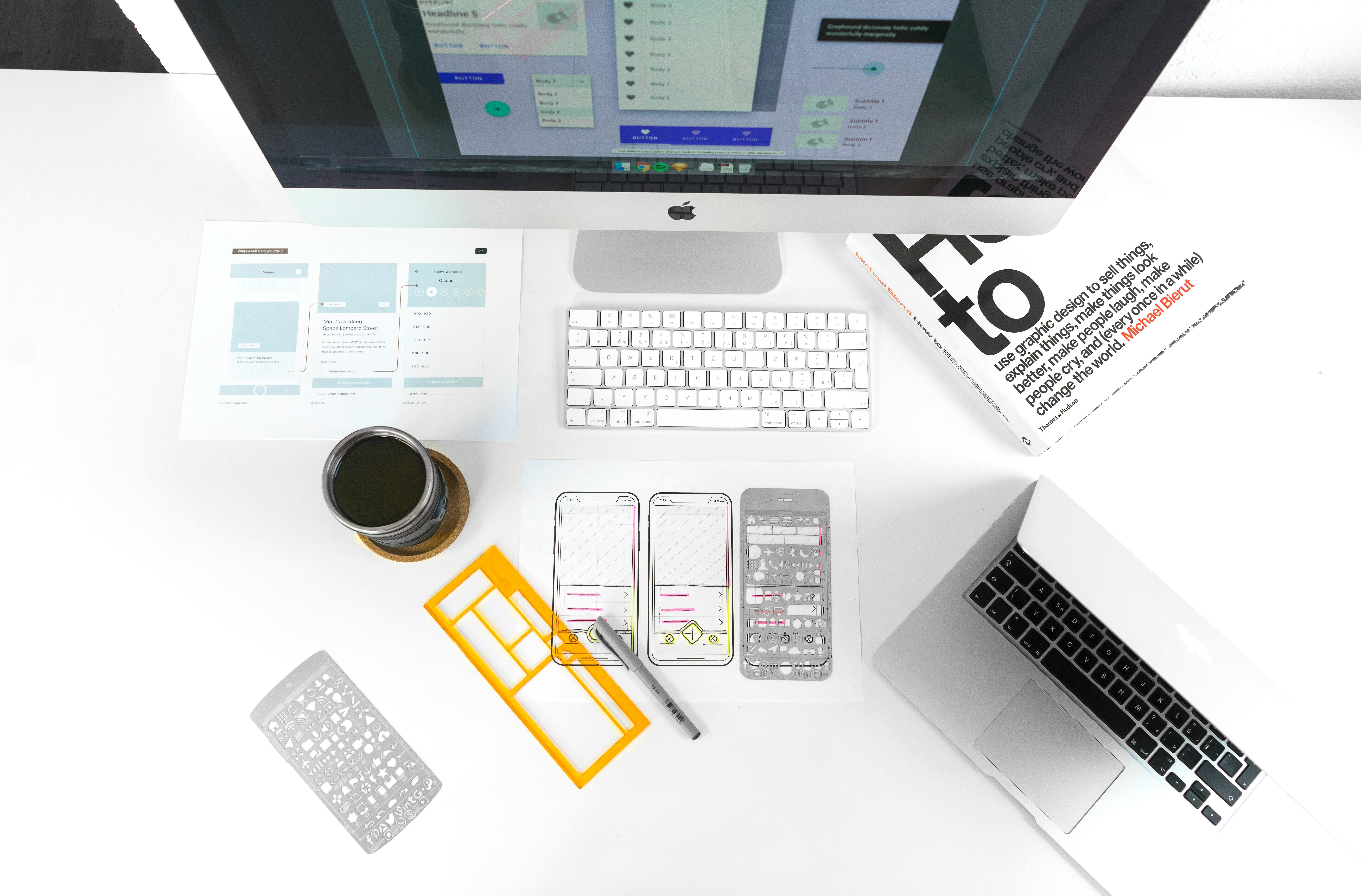
In today’s fast-paced digital world, you’ve got a mere 50 milliseconds to make a lasting impression on users. That’s less time than it takes to blink! These split seconds define the emotional impact of design and can determine whether users stay or leave. Visual design takes center stage in shaping these crucial moments, making your product or service not only visually appealing but also easy to use.
What exactly is visual design?
Visual design is more than just aesthetics; it’s the perfect blend of form and function. It’s the art of improving the look and usability of your product using images, typography, space, layout, and color.
- Functionality Counts: Visual design ensures that your product speaks to users, making it user-friendly. For example, adding an intuitive power button icon to a new gadget design helps users, even if they’ve never used it before.
- Aesthetics Matter: It’s all about creating something that’s visually pleasing. People are drawn to attractive products, even if two products have the same functionality. A study by Adobe revealed that 38% of users will ditch a website if it’s unattractive. Aesthetics include elements like shape, color, size, and texture.
The Power of Visual Design
Visual design is all about visual communication, using pictures and graphics to get your message across. It’s a fact that people remember pictures better than text. One study found that people remember 65% of information with images compared to just 10% with text.
Visual design is not just about aesthetics; it’s about making your product relatable, authentic, and emotionally engaging. It’s a crucial factor for both product manufacturers and end-users. It influences purchasing decisions for manufacturers and makes products easy to use for end-users, saving time and enhancing the overall experience.
Impact of Visual Design on Business
Making That All-Important First Impression
We’ve already said it, but it’s worth repeating – first impressions count big time! Studies have shown that users take a lightning-fast 50 milliseconds to form their initial opinion about your website. If it doesn’t cut it, they’re gone.
In that split second, they’re checking out your logo – 6.48 seconds, the navigation menu 6.44 seconds, the search box- 6 seconds, and the main image – 5.94 Seconds. Your website’s design is front and center in these critical moments. So, make them count! Your design has the power to keep users engaged, and it’s all about the visuals.
Boosting Your Brand and Image
Visual design isn’t just about aesthetics; it’s also about creating a visual identity that reinforces your brand. Your logo, images, typography, and color – they all play a part in telling your brand’s story. So, make sure they work together to create a unified and memorable brand image.
Building Trust and Goodwill
A well-designed product builds trust. A research study reported that 55% of visitors stayed no more than 15 seconds actively on a page. In those crucial few seconds when a user lands on your page, they might not even have read a word, but your visuals and graphics have already made an impression. Studies have shown that a whopping 75% of users judge a company’s credibility based on its website design. That’s how important it is!
Enhancing Communication
Visuals are processed by the brain 60,000 times faster than text, and the brain registers up to 36,000 visual messages every hour. That’s a lot of visuals! So, it’s no surprise that visual design simplifies and enhances communication.
Standing Out in the Crowd
With around 1.89 billion websites out there (though only about 200 million are active), it’s a crowded space. A well-balanced and visually unified design can make your website stand out. Go for a clean layout, stick with corporate colors, and make sure all the design elements work together. A well-designed website gets a second look in this sea of online competition.
Attracting and Converting New Customers
From a business perspective, a good website is one that converts. Users want to know what makes your business special, what you offer, how to navigate your site, and what to do next. A well-planned and designed website makes it easy for visitors to turn into paying customers.
Social Media Presence
Visual design is not confined to your website; it extends to your social media profiles and posts. Consistent and eye-catching visuals across social media platforms contribute to brand recognition. Engaging graphics can also lead to higher social media interactions, further promoting your business.
Accessibility and Inclusivity
A well-thought-out visual design includes considerations for accessibility. This involves ensuring that your website is usable by individuals with disabilities. Implementing features like alt text for images and maintaining a clear and readable font size contribute to a more inclusive user experience.
Loading Speed Optimization
Visual elements, such as high-quality images and graphics, can impact the loading speed of your website. Slow-loading sites can result in high bounce rates. Optimizing visual content and using techniques like lazy loading contribute to a faster and more user-friendly experience.
Adaptation to Trends
Visual design is dynamic, and staying current with design trends is essential. Adapting to modern design trends not only keeps your business looking fresh and relevant but also signals to users that your company is forward-thinking and invested in providing a contemporary experience.
Data Visualization for Analytics
Visual design is crucial for presenting complex data in a comprehensible manner. Infographics, charts, and graphs make it easier for stakeholders to understand and interpret data, facilitating informed decision-making. Also according to a study by HubSpot, 64% of users prefer a simple website design. Web visitors tend to scan content, so visual design helps make your content user-friendly
Employee Engagement
Visual design is not limited to customer-facing aspects. Internally, well-designed materials, presentations, and internal communications contribute to a positive work environment. Consistent branding internally fosters a sense of belonging and unity among employees
The Principles of Visual Design
Visual design isn’t just a free-for-all; there are principles that guide it. Here’s a quick rundown of the fundamental principles that every designer should know:
- Emphasis: This is all about creating a focal point that grabs the viewer’s attention. Use elements like color, size, texture, and shape strategically to make your central message stand out.
- Balance and Alignment: Balance is about distributing design elements in a way that makes the composition stable and easy to follow. It can be symmetrical, asymmetrical, or even radial, depending on your design’s message.
- Contrast: Contrast is the technique of creating distinctions between elements within a design. It helps specific elements stand out using differences in space, position, form, direction, size, color, texture, density, and gravity.
- Repetition: Repetition uses patterns and motifs to create a sense of unity and consistency in a design. It also helps build a brand identity while maintaining visual interest.
- Proportion: Proportion ensures that all design elements interact harmoniously. Designers manipulate the sizes, masses, and numbers of items to draw attention without disrupting the overall balance.
- Movement: Movement directs the viewer’s eye through the design, ensuring that the message is conveyed in the right order. Various elements like lines, edges, and shapes guide the viewer’s gaze, preserving harmony and balance.
- White Space: White space, or negative space, is the empty space around design elements. It plays a crucial role in creating hierarchy and organization, balancing and framing the content for enhanced visual appeal and readability.
These principles are the backbone of great design, and they apply to everything from logos and websites to posters and more. By following these guidelines, designers can create not just visually pleasing designs but also effectively communicate their intended messages to their target audiences.
Benefits of design for your business
Extended Product Life Cycle: Design plays a crucial role in ensuring that your products have enduring appeal and relevance in the market. By incorporating thoughtful design from the initial product conception to packaging, your products are more likely to stand the test of time. Companies like Apple, Google, and Microsoft understand the importance of design in maintaining optimal product innovation, contributing to the extended life cycle of their products.
Enhanced Sales: Customized design elements, such as personalized product presentations, custom email templates, and compelling brochures, can significantly boost your sales efforts. Design that aligns with your brand and resonates with your target audience helps create a positive and memorable impression, making your sales pitches more effective and persuasive.
Increased Marketing Returns: Design isn’t just about aesthetics; it’s also about being user-centered. Well-designed content, whether it’s on your website, in your marketing materials, or in your advertising campaigns, enhances visual appeal and can significantly improve your marketing return on investment (ROI). Carefully crafted design elements help in targeting the right audience more effectively, conveying your message in a visually appealing manner.
Strengthened Customer Relationships: User-friendly design contributes to an improved overall customer experience. When your products or services are easy to use and aesthetically pleasing, it leads to higher customer satisfaction and retention. Positive experiences with your brand, facilitated by thoughtful design, can foster stronger and more lasting relationships with your customers.
Improved Social Engagement: In the age of social media, effective design is essential for engaging your audience. Well-designed visuals have the power to capture attention and convey messages more effectively than lengthy text. Social media platforms thrive on visual content, and a strategic approach to design can help your business stand out and connect with your audience in a crowded digital landscape.
Sustained Relevance: Adapting to changing consumer trends is crucial for staying relevant in the market. A dedicated design department can play a key role in this adaptation process by continuously updating and evolving your brand’s design to align with current trends and consumer preferences. This flexibility ensures that your business remains contemporary and adaptable to shifts in the market.
Enhanced Unique Selling Proposition (USP): Design can be instrumental in defining and communicating your brand’s identity. A well-crafted design, whether it’s in your logo, packaging, or overall brand aesthetics, sets you apart from competitors. Your unique design elements contribute to a distinctive brand image, adding value to your products or services and fostering customer loyalty.
Incorporating design enhances products, drives sales, improves marketing ROI, strengthens customer relationships, sustains relevance, and creates a unique brand identity. It’s a powerful tool for business success
Real-Life Examples
Consider iconic examples like Tiffany’s distinct blue color, symbolizing exclusivity, or Nike’s unmistakable “swoosh,” representing the brand’s essence. These visuals have not only reshaped their respective industries but also redefined the very essence of brand imagery.
Headspace: Elevating Wellness
Headspace, a meditation app, distinguishes itself with a unique visual identity. It employs charming characters, vibrant colors, and memorable animations to establish a distinct presence in the wellness industry. Even its animations inject a sense of connection and humor while explaining mindfulness concepts.
Apple: The Epitome of Design Excellence
To exemplify the power of visual design, consider the brand Apple. Their visual design is a masterpiece in simplicity, elegance, and innovation. The iconic apple logo, sleek product designs, and clean, minimalistic user interfaces all signify the brand’s unwavering commitment to quality, innovation, and user-friendly experiences.
Visual design isn’t just an aesthetic aspect; it is the very essence of how brands connect with their audience, convey their values, and shape their identity in the modern world.
